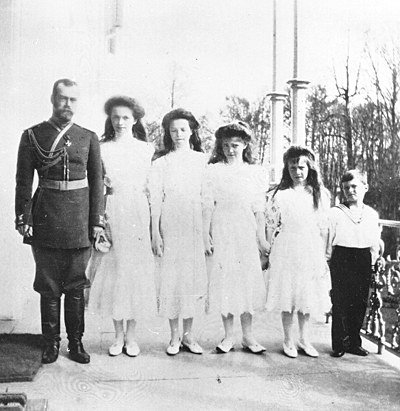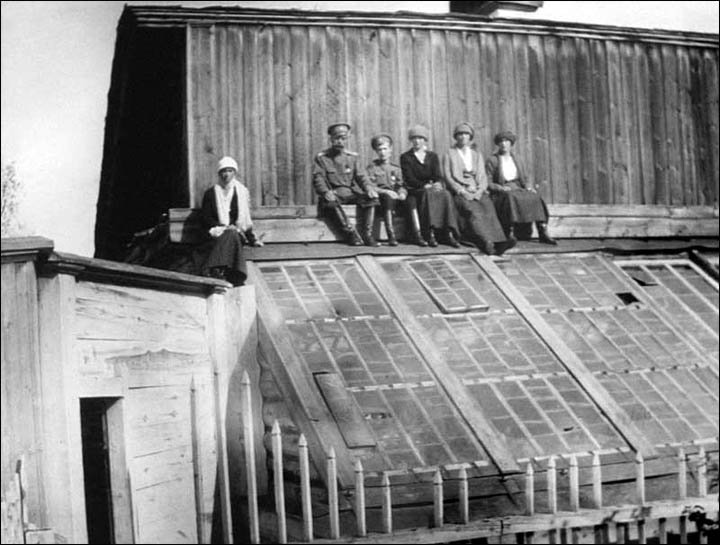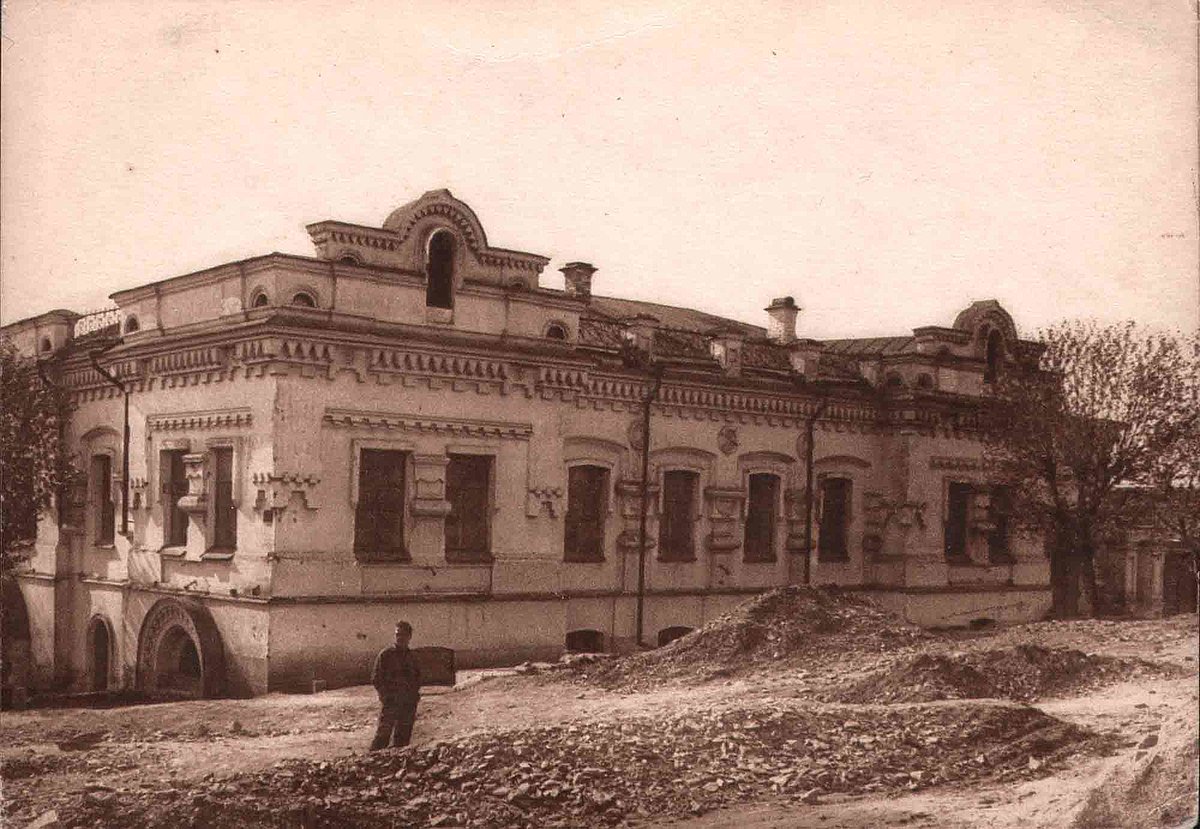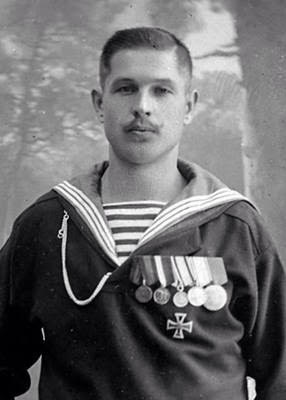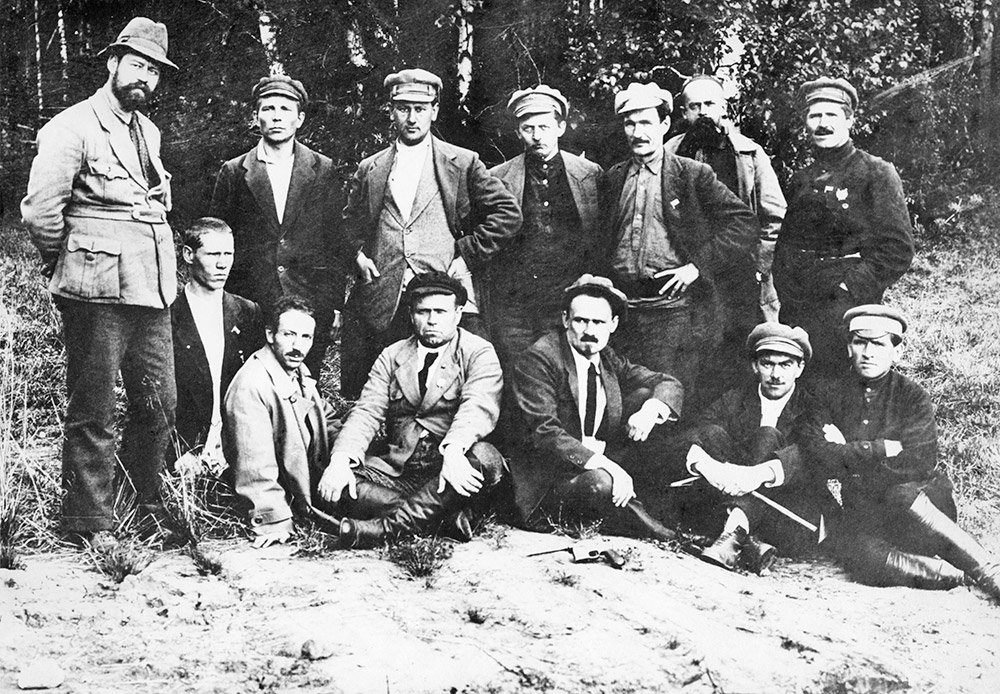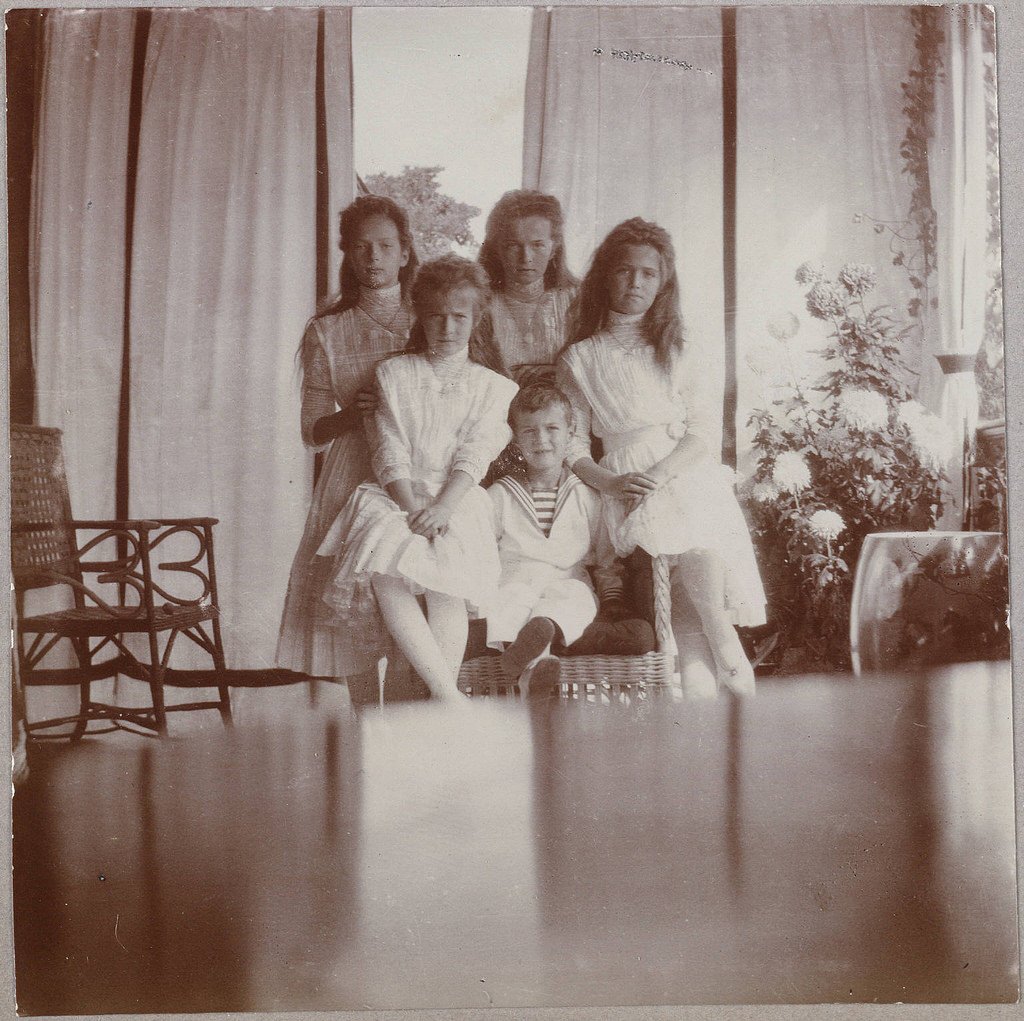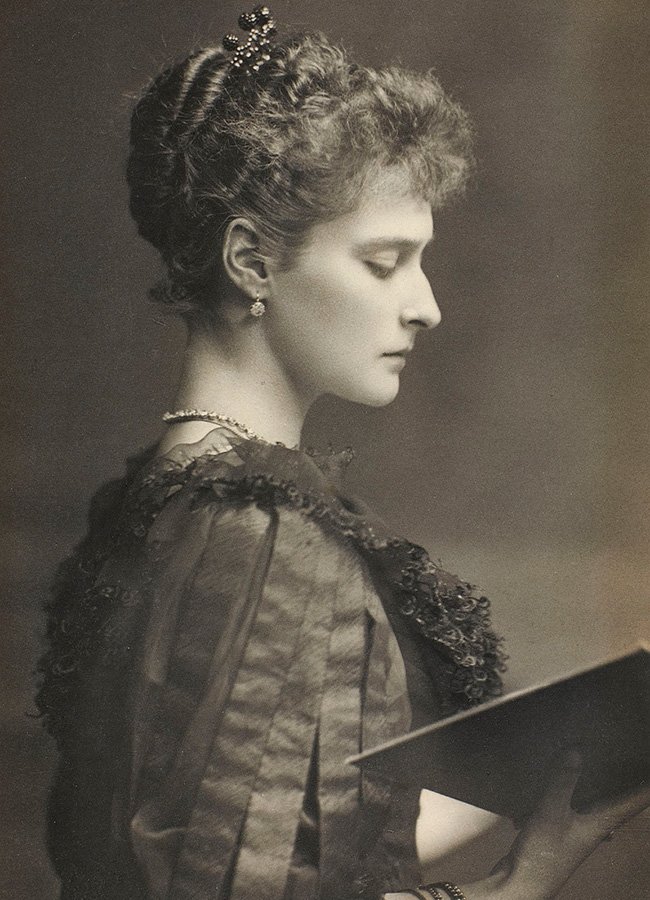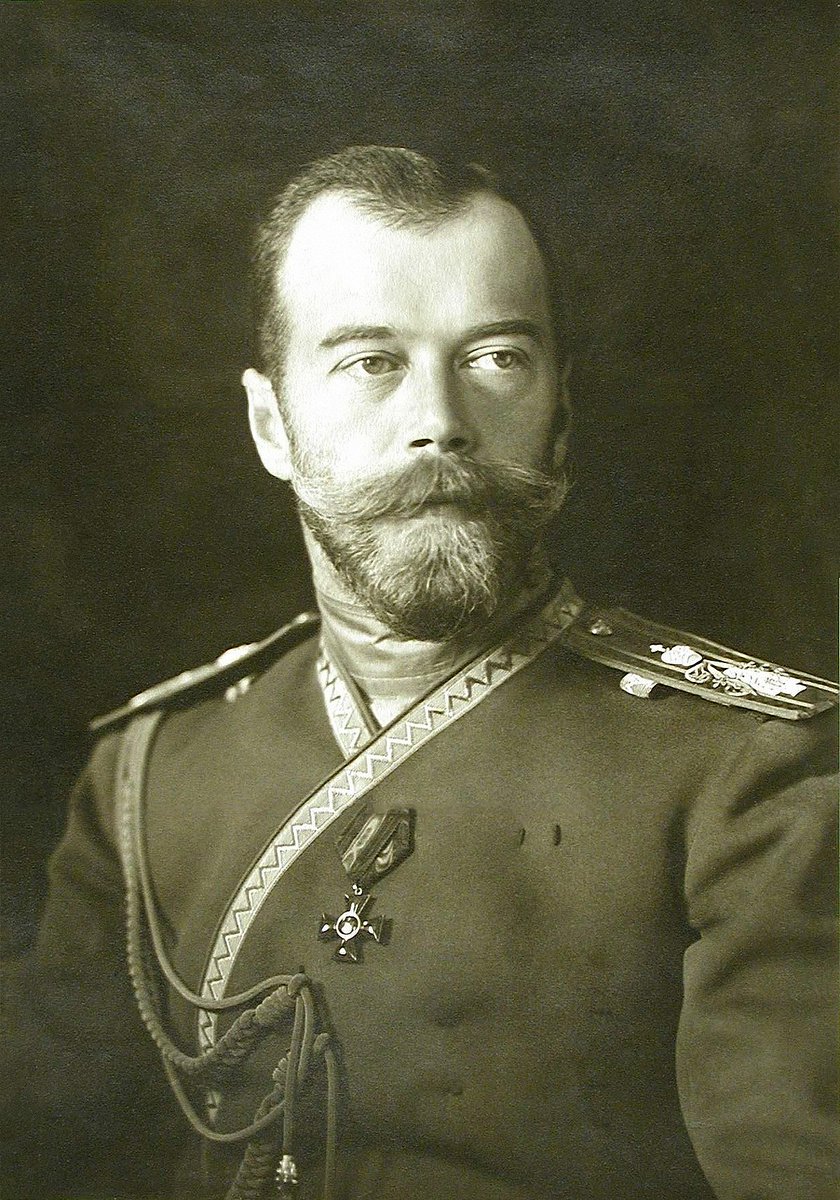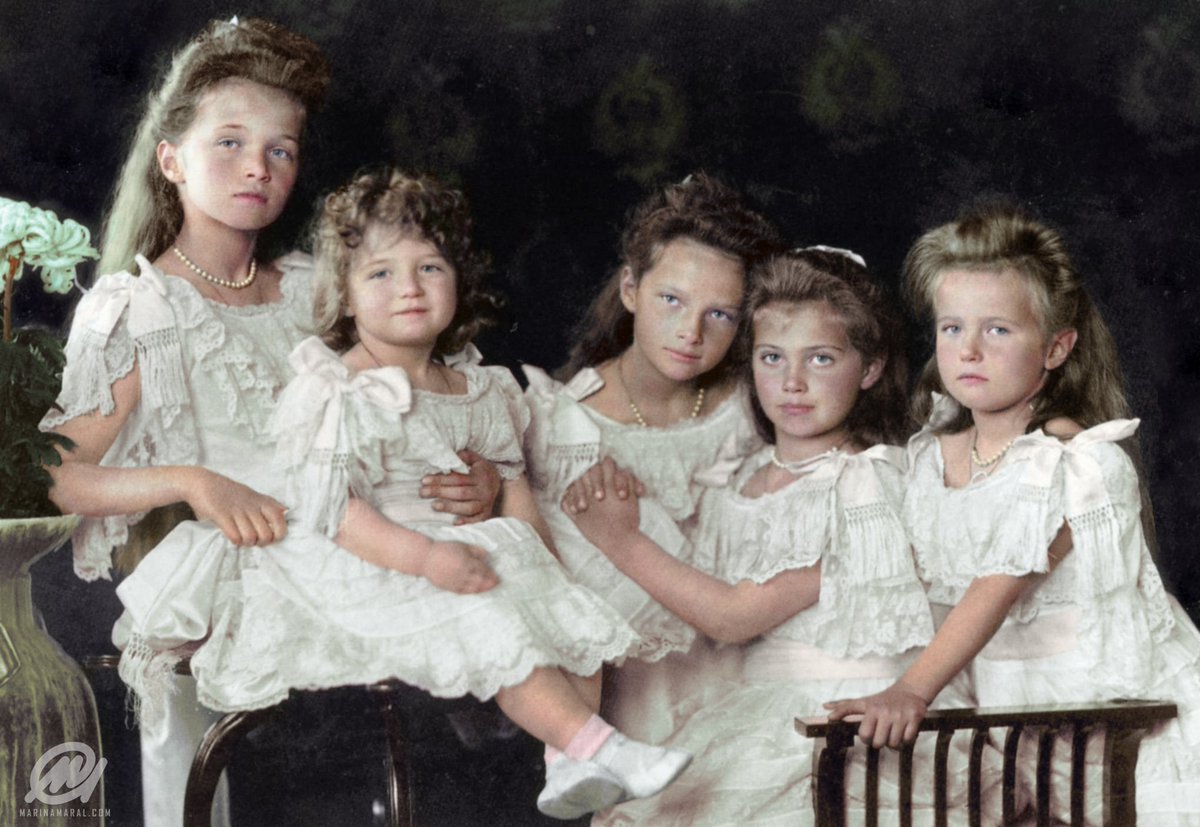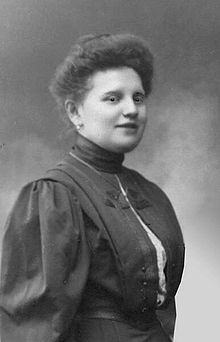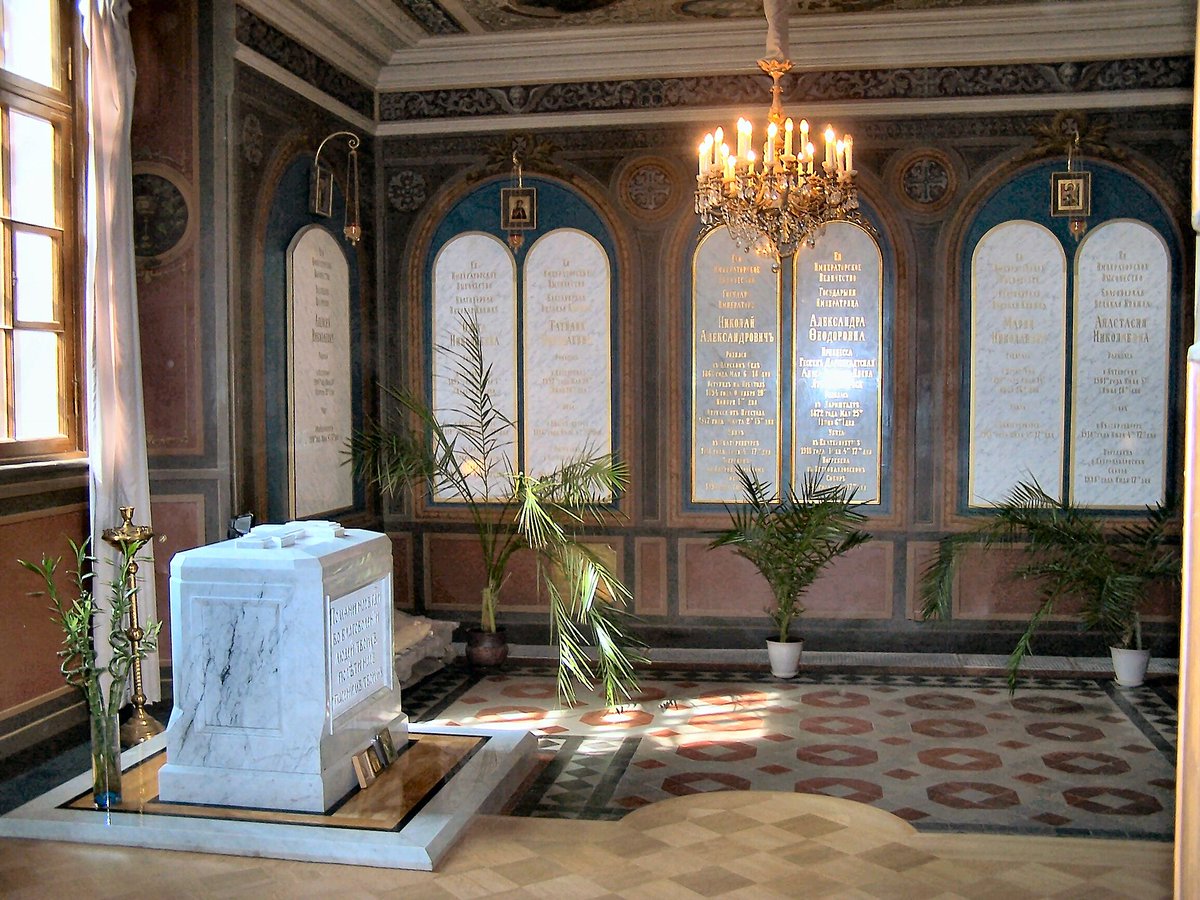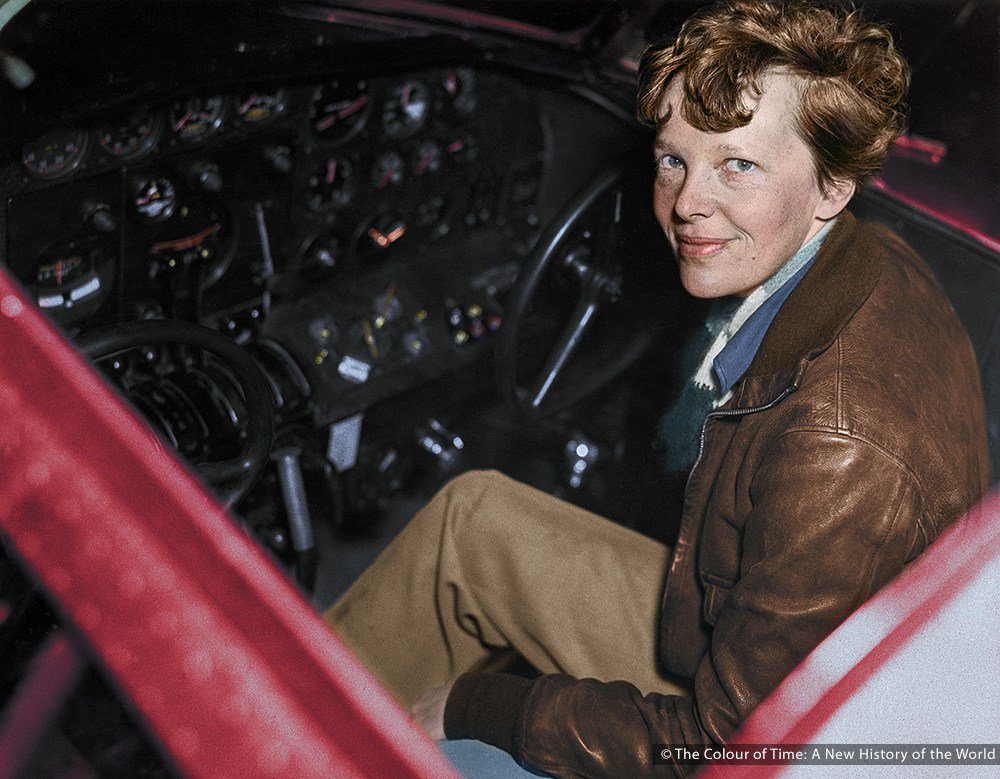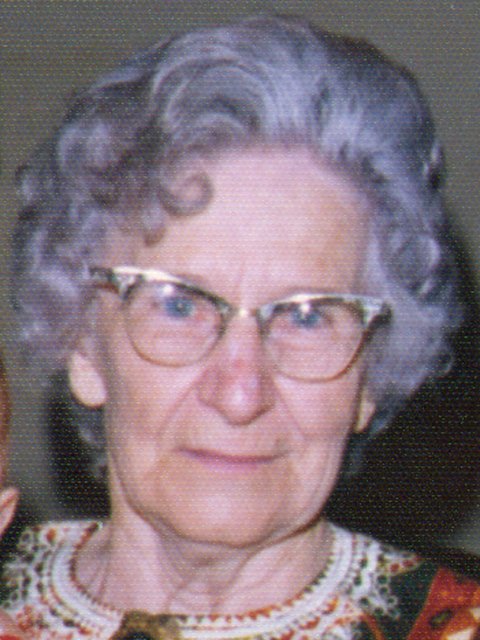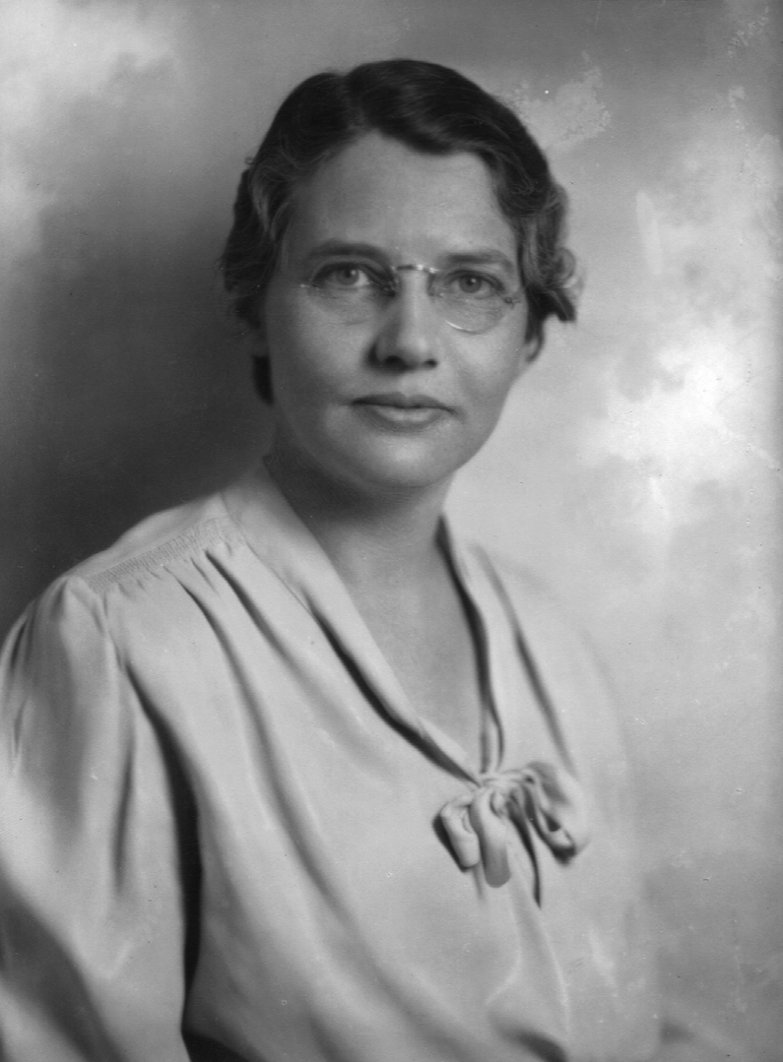In mid-June, nuns from the Novo-Tikhvinsky Monastery also brought the family food on a daily basis, most of which was siphoned off on arrival by the captors.
They were the last civilians to see the family alive.
There were ten guard posts in and around the Ipatiev House, and the exterior was patrolled twice hourly day and night.
When Yurovsky replaced Aleksandr Avdeev as commandant on 4 July, he moved the old internal guard members to the Popov House.
Yurovsky sent them to the Popov House for failing "at that important moment in their revolutionary duty".
Ivan had already been shot by the Cheka.
Yurovsky quickly repeated the order and the weapons were raised.
The Empress and Grand Duchess Olga, according to a guard's reminiscence, had tried to bless themselves, but failed amid the shooting.
When they stopped, the doors were then opened to scatter the smoke.
The execution lasted about 20 minutes.
#Romanovs100
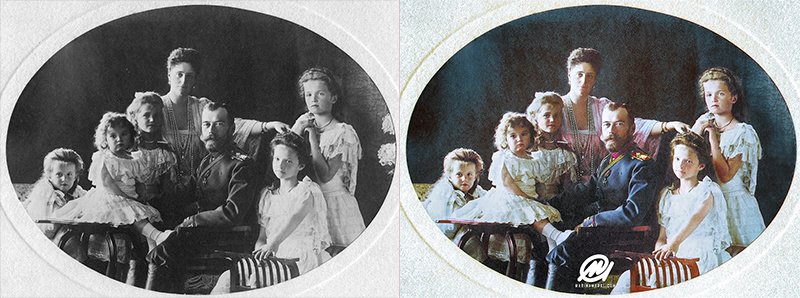
One of the men sniggered that he could "die in peace", having touched the "royal cunt".
Only 44 partial bone fragments from both corpses remained, which were not found until August 2007.
The Tsar's regime was far, far, far from perfect, and many brutalities took place under his command. Still, we must remember that not only was he killed, but his whole family was too, including his 13-year-old son.
#Romanovs100
